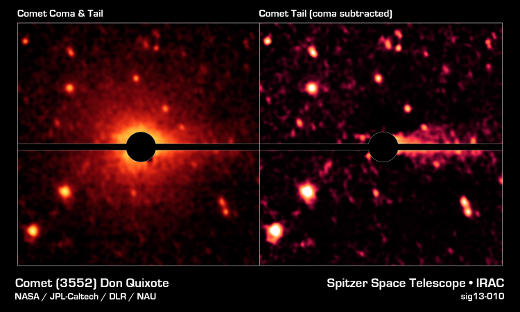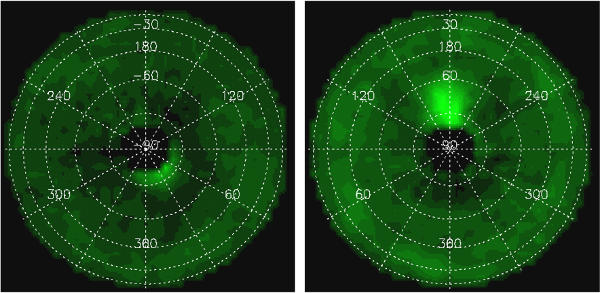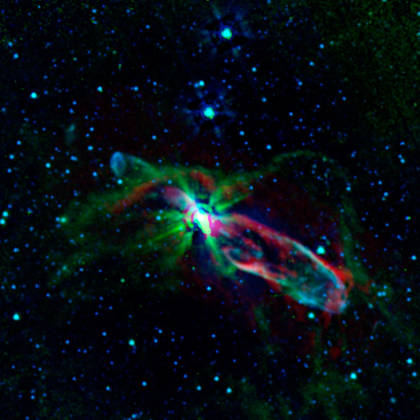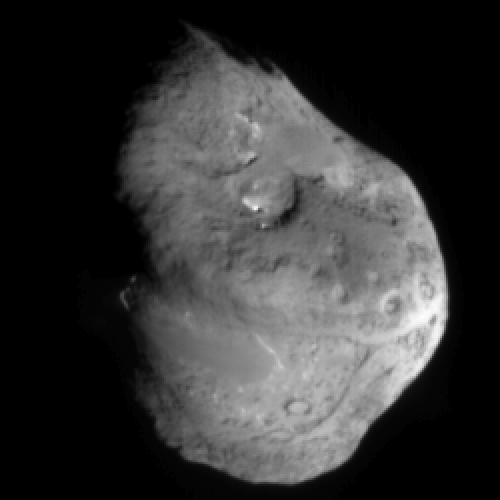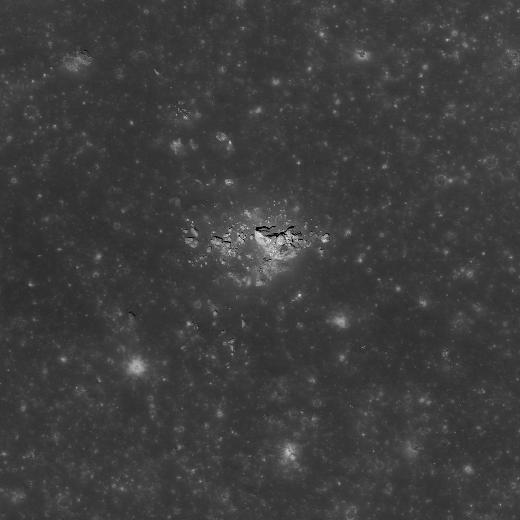
Kepler crater on the moon is approximately 32 kilometers (20 miles) in diameter located at the lunar bearing 8.1°N, 322.0°E. It is named after the prolific German astronomer Johannes Kepler, famous for his three laws of planetary motion. This picture, taken by NASA’s Lunar Reconnaissance Orbiter (LRO), also shows a boulder that was ejected out onto its continuous ejecta blanket by the energy of this impact.
